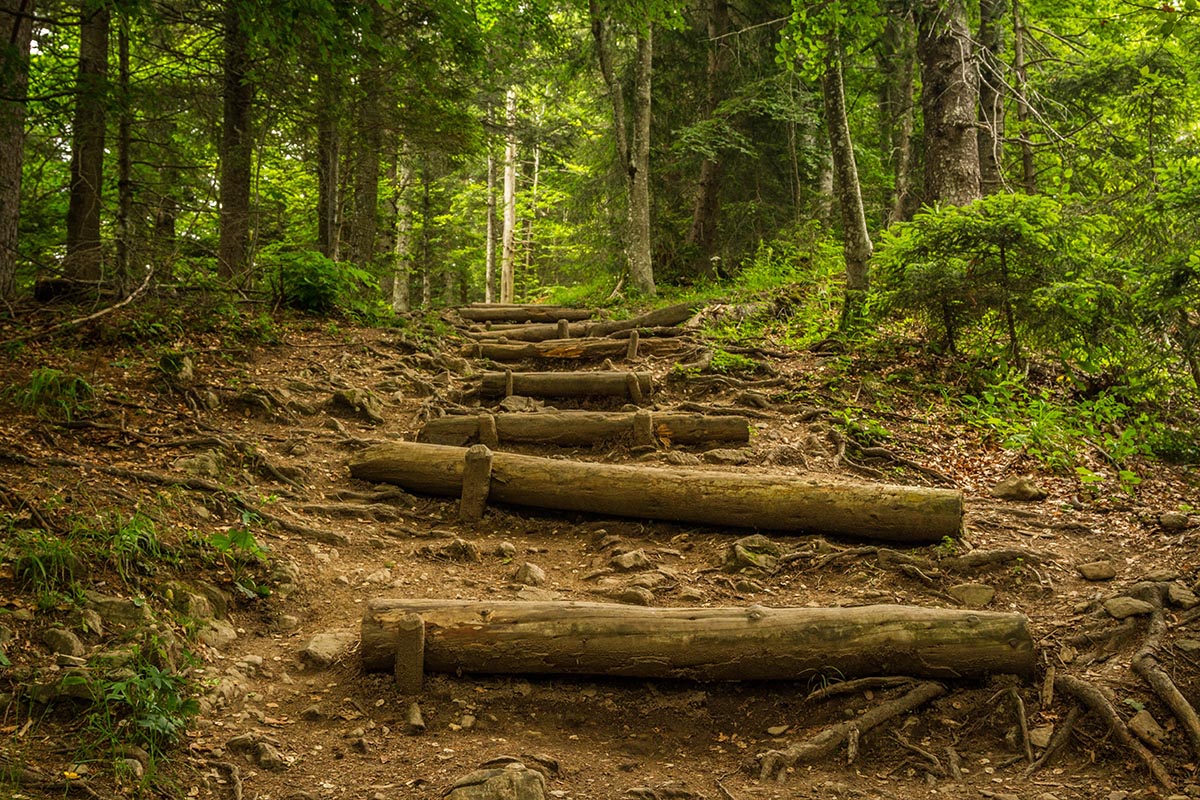Boundary Walk

About This Resource
Details
Here is the latest version of this document as a Google doc
This mini-unit was developed to acclimate students to their new environment or reacquaint them with a familiar school environment. Teachers lead students along the entire perimeter of the property and secure the boundary with substances and good wishes. Along the way they should engage in a variety of nature based activities curated by the teacher. The Unit Plan was developed for the Middle Way School and can be adapted to other environments.
Adding to the central activity of walking the boundary of the school, we have included a menu of activities to choose from to incorporate living sciences, academics and the dharma. A companion unit on personal boundaries is embedded. We encourage teachers to customize this plan to fit your age group and add any of the academic or sustainability standards you can meet within this lesson.
The goal is for students to feel at home on campus and have a sense of place so that they are more relaxed and therefore able to learn. We also hope students will be responsible caretakers of this land if they connect with it. If students feel inspired and curious by this experience they may be more connected to the philosophy of the school.
Essential Questions
What are boundaries? Are boundaries real? What happens if you don’t know your boundaries?
Book Lists
Getting lost as a theme in children’s books
Oral Stories
- Hansel and Gretel
- Red Riding Hood
Picture Books
- Sylvester and the Magic Pebble William Steig
- William Steig’s Brave Irene (strange link with Al Gore reading it!)
- Owl moon
- Where the Wild Things Are
- The Girl and the Wolf
- Tiger Tiger Is It True is a good one about being lost in your thoughts but finding home again. Not really lost in the forest, but still lost in the mind
- Lost and found
- Mine for Keeps
- Home from Far
- Willow and Twig
- Flat Stanley – Jeff Wolf
- The cartoon The Point, which is really about being exiled and learning to see the world in a new way)
- The Night Kitchen
- Harlequin and the Gift of Many Colors
Books about personal Boundaries
- Let’s Talk About Body Boundaries, Consent and Respect – by Jayneen Sanders (Paperback)
- My Body Belongs to Me from My Head to My Toes
- My Body! What I Say Goes!: A book to empower and teach children about personal body safety, feelings, safe and unsafe touch, private parts, secrets and surprises, consent, and respectful relationships
- More
Chapter Books
- Momo by Michael Ende
- Hello Universe by Erin Entrada Kelly (5th grade readers)
- Kensuke’s Kingdom by Michael Morpurgo. Michael is washed overboard
- Morpurgo’s books are historical novels – Alone on a Wide Wide Sea is another about about children orphans sent to live in Australia after WWII told through one person journey Arthur Hobhouse … although mature subject beautifully told, my son at age 7 loved the audio book – was our road trip book for ages. Story includes Arthur holding on to really fragmented childhood memories he can’t be sure of through a tough life …. and there are uplifting endings. The story of these orphans is remarkable, people thought it was offering new lives, but also took children away from their culture and heritage into lives where often abused or, as Arthur, treated as cheap or free labour. It’s written well for kids.
- Tommy’s Camping Adventure. Not necessarily about kids “getting lost” but more about the youngest in a family who is trying to find his place, his true value to the group and after being refused many “jobs” around the campsite, the family decides to go for a hike, they lose their bearings and he helps them find their way back to their campsite. And discovers his job/role in the family unit. Was my favorite book as a kid…highly recommended:)
- James and the Giant Peach, by Roald Dahl. James finds his way to a new kind of home after many harrowing adventures.
- Wrinkle in Time
- Magic Treehouse
- The Magician’s Nephew can’t be told in one sitting, but it’s a good one. It’s neat that not a moment has passed when the children get home.
- All the Way to Lhasa
- Wizard of Oz

